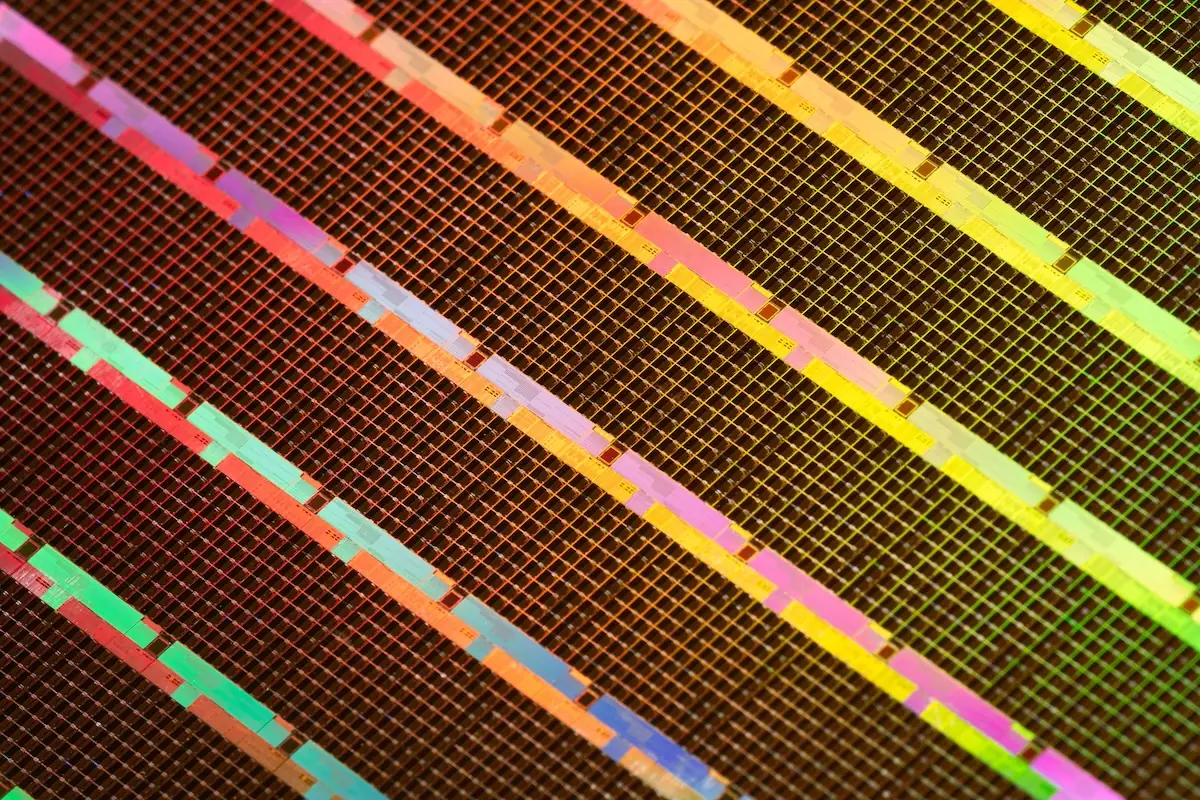Elevating Data Science Practices for the Media, Entertainment & Advertising Industries
Alexandra Quinn | October 1, 2020
As more and more companies are embedding AI projects into their systems, attracted by the promise of efficiencies and competitive advantages, data science teams are feeling the growing pains of a relatively immature practice without widespread established and repeatable norms.
The media and advertising industry has experienced an explosion in new technologies to serve and win customers, much of it driven by AI technologies. From the way consumers select content, to the way content is served and created, to how it’s measured, competitive brands must incorporate AI into their business strategy or risk being left behind. Content platforms are largely governed by AI now, and while it’s important to have a human in the loop, AI decision-making has become essential for ad and content management.
Staying Ahead of the Curve
The data science community has grown to support several conferences where business leaders and technical practitioners can meet to share experiences and discover new solutions in a rapidly changing ecosystem. One such event, the Data Science Salon (DSS) is a unique vertical-focused conference, with three separate salons for Media, Advertising and Entertainment; Retail and eCommerce; and Finance and Technology.
This year, DSS went fully online, with “DSS: Applying AI & Machine Learning to Media, Advertising & Entertainment”, held September 22-25. Practitioners from Netflix, The New York Times, Salesforce, and others shared how their organizations have been leveraging AI projects to stay competitive in an industry that has seen dramatic change — both enormous growth of new brands and startling declines of incumbents — in the last decade.
Notable Sessions
Anne Bauer, Director of Data Science at The New York Times, shared how her team has been tasked with creating an engine for real-time content recommendations, to increase user engagement. The battle for mindshare in traditional journalism is fierce, and the NYT has in many respects been leading the way. The NYT publishes thousands of articles a day, and with insufficient space to promote every piece (especially on mobile), AI driven recommendations are a critical way to help articles reach the people who are interested in reading them.
Over at Vox, Amit Bhattacharrya discussed the challenges that advertisers are facing as third-party cookies-usage declines. Though site visitors are still willing to see ads in exchange for free content, ad blockers, government regulation and consumer fatigue with hyper-targeted ads have all started to chip away at the online ad model of the past decade. Bhattacharrya discussed how Vox has experimented instead with using first-party data and contextual signals to create a better advertising experience for visitors.
From the research world, Yves Bergquist, Program Director of AI and Neuroscience in Media Entertainment Technology Center at USC, gave a fascinating talk about his lab’s work developing disruptive technologies for Hollywood Studios and other content creators. He described content studios as being in the business of “manufacturing brain states”. In a flooded entertainment market, the same limitations apply to all creators: there are only 24 hours in a day, creating content is slow and expensive and customers are experts in what kind of content they like. How can they create content that audiences will love, using data science? Bergquist presented a project called Corto, which extracts features from films (narrative structure, object position, visual style, sound effects, etc.) and creates a machine language that attempts to understand how certain emotions are expressed visually and aurally.
Amplifying Growth with a Predictive AI Application for Campaign Optimization
Another company using data science to deliver content with high audience engagement is PadSquad. Iguazio CEO and Co-founder Asaf Somekh and PadSquad CEO and Founder Dan Meehan shared how PadSquad was able to build a predictive AI application that analyzes online ad data and delivers timely, innovative campaigns to the right audience. Since its founding in 2012, PadSquad’s DNA has been about bringing messages to life with unique visuals, motion and interactions, emphasizing the critical moment when the message meets the consumer. The company deploys their creative to multiple platforms across mobile, desktop and connected TVs on behalf of many Fortune 500 brands. Thanks to PadSquad’s unique blend of art and science, the company has seen 3,000% growth in the past three years.
PadSquad knew that the next step of its growth would be to leverage the massive amounts of data generated by its work to improve performance, bring down media costs and deliver real-time reporting to customers. With the Iguazio Data Science Platform, PadSquad was able to aggregate its various data sources in the cloud — proprietary data, third party data, ad platform data, user behavior data, etc. — and process the data at a rate of 3,000 events per second. PadSquad is able to monitor ad engagement per individual ad location and optimize campaign performance. And PadSquad customers now get timely dashboards with full campaign visibility.
Though this gathering was devoted to a specific vertical, the topics ranged considerably, from the highly technical to the lofty academic variety. With a highly engaged audience, DSS demonstrated just how hot the field of data science is becoming.
To learn more about how Iguazio helped PadSquad bring their AI application to production, watch the session on demand here.


